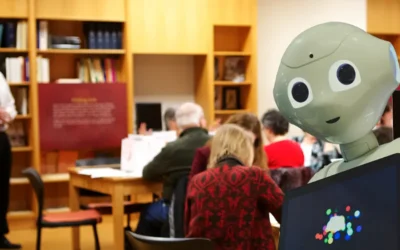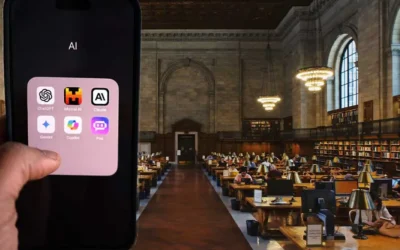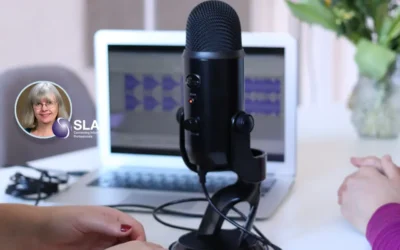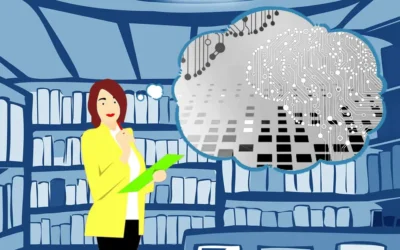Alignment in Virtual Special Library Instruction
Lauren Hays
This post is a continuation of my series on tips for virtual instruction. Please note that information shared here can just as easily be applied to in-person learning.
When designing instruction, I find myself frequently using an alignment chart to ensure the goals I have for the session are addressed in the activities I create, the assessments I administer, and the technology I use. In a previous post, I wrote about how to set learning goals. If you have not read that post, I encourage you to do so. This post will expand on the ideas shared there.
Once learning goals (outcomes) are set, it is important to determine alignment. An example of an alignment chart I created is below.
|
Learning Outcomes |
Activities |
Assessments |
Technology |
|
The learner will recall the extent and nature of information available. |
Lecture over resource types. |
Scenarios where learners identify various information types. |
PowerPoint Projector Computer Databases |
|
The learner will be able to locate resources for a specific topic. |
Lecture over search strategies. |
Database searching activity. |
Computers Databases Projector |
|
The learner will be able to evaluate resources. |
Group discussion on what qualifies as high quality information in their field. |
Scenario where learners are given three pieces of information and they must evaluate each for a specific information need. |
Computers |
As you can hopefully see, each learning outcome corresponds to the activities. The assessments evaluate the outcome, and the technology is specifically selected for the activities. Using an alignment chart helps me to stay focused and design more effective instruction. I hope you also find the use of an alignment chart beneficial.
Lauren Hays
Lauren Hays, PhD, is an Assistant Professor of Instructional Technology at the University of Central Missouri. Please read her other posts about skills for special librarians. And take a look at Lucidea’s powerful integrated library systems, SydneyEnterprise, and GeniePlus, used daily by innovative special librarians in libraries of all sizes and budgets.
Similar Posts
Teaching about AI in the Workplace
Suggestions for special librarians from Claude on how to foster cross-generational AI learning communities in the workplace.
Keeping up with AI…
Resources for staying current on the quickly changing AI landscape from a library expert.
Interview with Lesley Farmer about SLA’s Information Outlook
Interview about the rebirth of SLA’s Information Outlook as a quarterly online publication with interview with Professor Lesley Farmer
Ways I Have Been Using Generative AI
Generative AI can be used in many ways as part of a typical workflow; examples and thoughts about what the future holds




Leave a Comment
Comments are reviewed and must adhere to our comments policy.
0 Comments